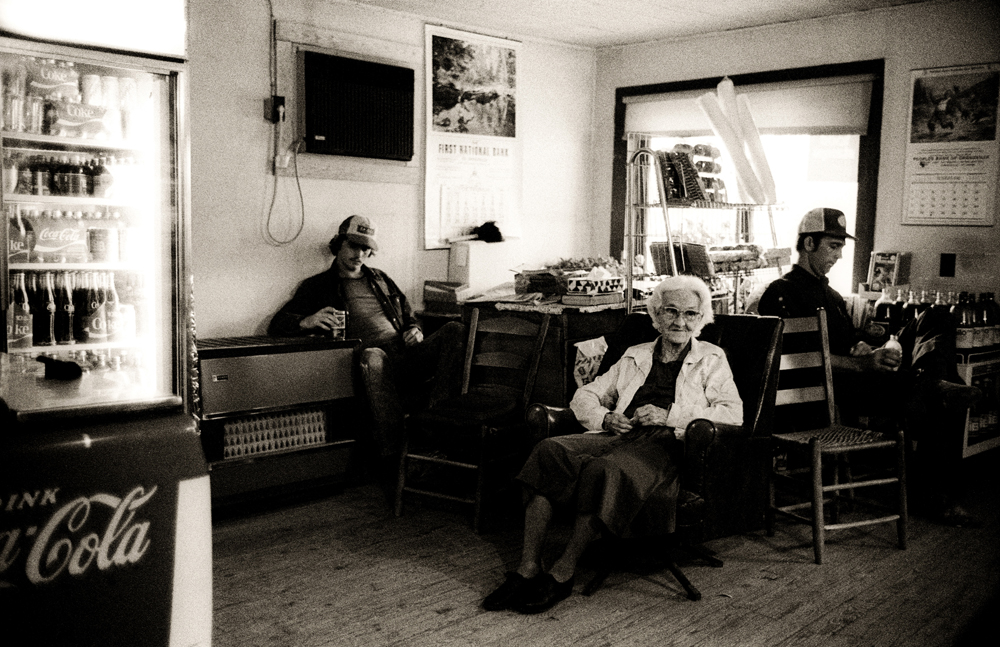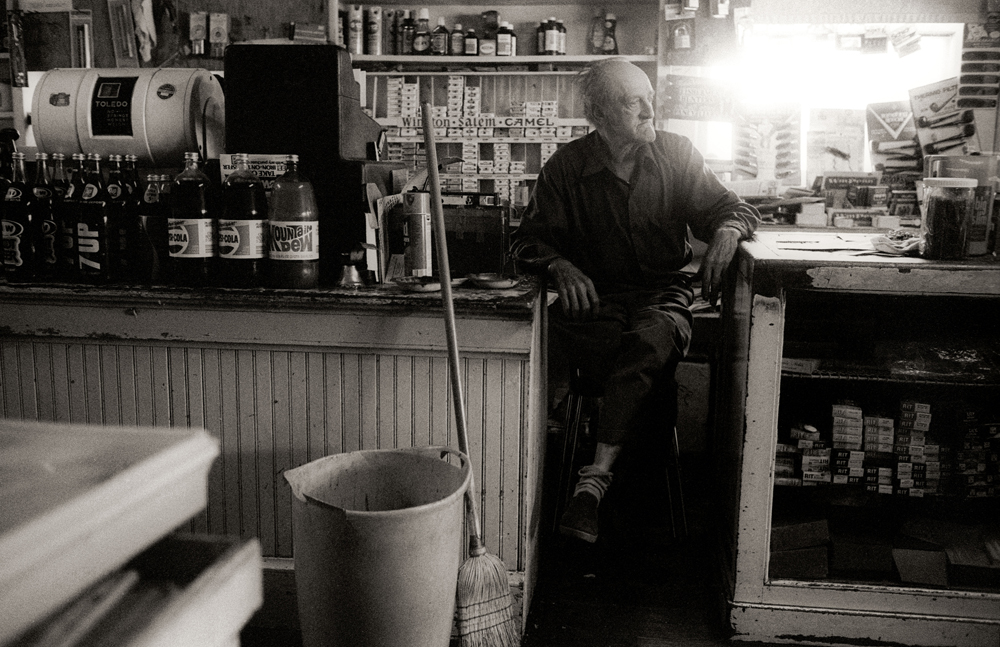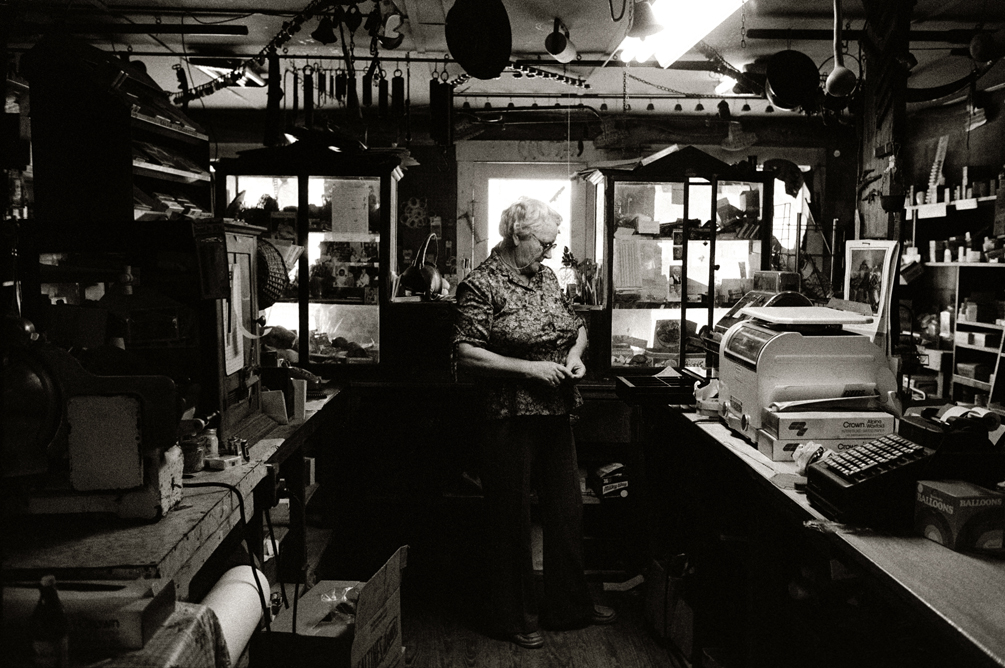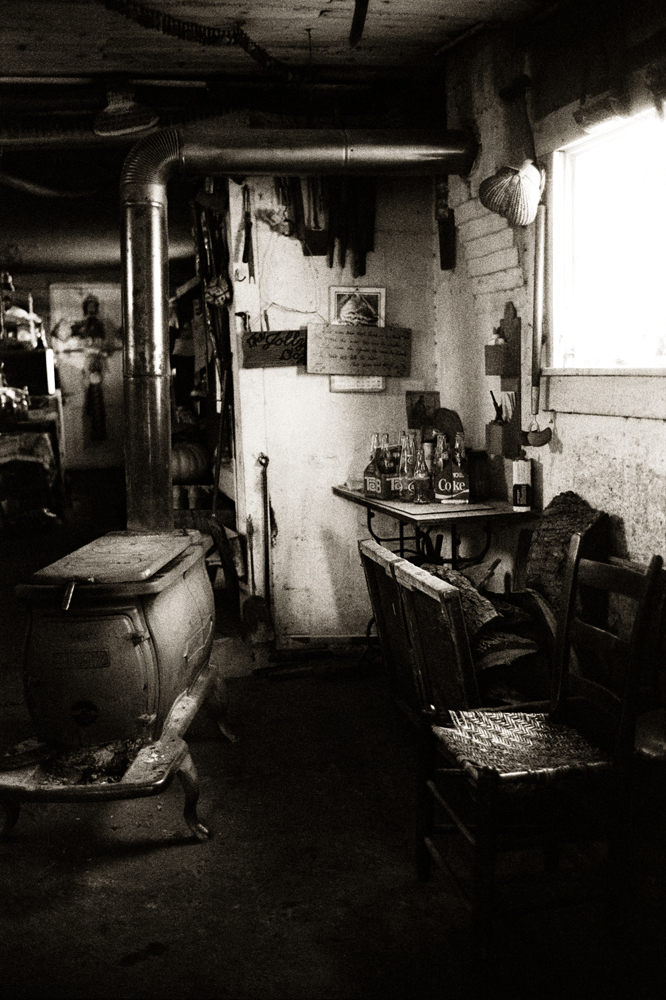Julia Dean: Forty Years Behind the Camera
A dozen years ago, photographer Julia Dean changed my life by asking me to teach at her photography school, The Julia Dean Photo Workshops in Los Angeles. Over the past thirteen years, Julia has taught hundreds of classes, thousands of students, and exposed the Los Angeles community to photographic luminaries and educators such as Keith Carter, Duane Michals, Mary Ellen Mark and many others too numerous to count. Her school has created a photographic community in Los Angeles, a place to share portolios over a glass of wine, a place to hear lectures, experience wonderful exhibitions, and take a broad array of classes (160 offered each year). Julia’s desire to open our eyes, to see one world, and to bring attention to those who have no voice has been remarkable. Her generous and enthusiastic spirit is infectious and I feel so lucky to be her friend. So today I celebrate a woman who has spent a lifetime engaged, enthused, and involved in photography.
Julia has spent the last year revisiting negatives and spending month upon month in the darkroom creating beautiful silver prints in preparation for a 40 year retrospective of her work that opens at the Julia Dean Gallery in Los Angeles tomorrow night, December 15th. I am featuring work from her General Stores project today — she recently rediscovered the negatives and printed the images for the first time for the exhibition. Julia is also offering photographs from the exhibition for sale online at a special anniversary price on her site.
When I worked as an apprentice to Berenice Abbott’s in 1978, I was 23 years old. Berenice was 80.
She taught me how to print, among many other photographic skills. She taught me about life in Paris in the 20s, about working with Man Ray, about meeting and photographing people like Eugene Atget, James Joyce, and Jean Cocteau. She even taught me how to do the Charleston.
I remember using an 8×10 camera with 8×10 film and an 8×10 enlarger. The film had to be processed in complete darkness, one sheet at a time, in 8×10 trays that you lined up just right so you knew what to do in the dark.
I learned how to bend light with my hands under an enlarger, how to add light, how to subtract light, how to make a print look just like our eyes saw the subject when the picture was taken. I learned that photography renders 10 tones compared to the hundreds of tones that our eyes can differentiate. I learned that it can take hours to get one good print.
I also learned how to flatten the prints, how to retouch the dust spots, and the patience it takes to produce one beautiful black & white fiber base print.
I was asked recently what the difference is between the traditional role of film and the digital era. It is very simple. It is much easier to be a photographer today than it was in the past. (Photographers before me would say the same thing!) Though today’s cameras are much heavier than my Leica M6 and have more buttons, once you learn your tools, digital photography makes life quicker and easier.
I don’t look down on those who didn’t learn the hard way. I wouldn’t have minded an easier path myself. But I am grateful for knowing what I know about photography that digital shooters will never know: the craft of the black & white print.
To me, there is no more beautiful craft in photography than the black & white print from a black & white negative. I learned from a master and for that I am eternally grateful. Printing is a dying art that I hope I never give up, even if I, too, have embraced digital. This retrospective exhibit is in honor of the beautiful black & white print.
Posts on Lenscratch may not be reproduced without the permission of the Lenscratch staff and the photographer.
Recommended
-
Kevin Cooley: In The Gardens of EatonJanuary 8th, 2026
-
William Karl Valentine: The Eaton FireJanuary 7th, 2026
-
Sean Stanley: Ashes of SummerJanuary 6th, 2026
-
Nathan Bolton in Conversation with Douglas BreaultJanuary 3rd, 2026
-
Andrew Lichtenstein: This Short Life: Photojournalism as Resistance and ConcernDecember 21st, 2025





































































